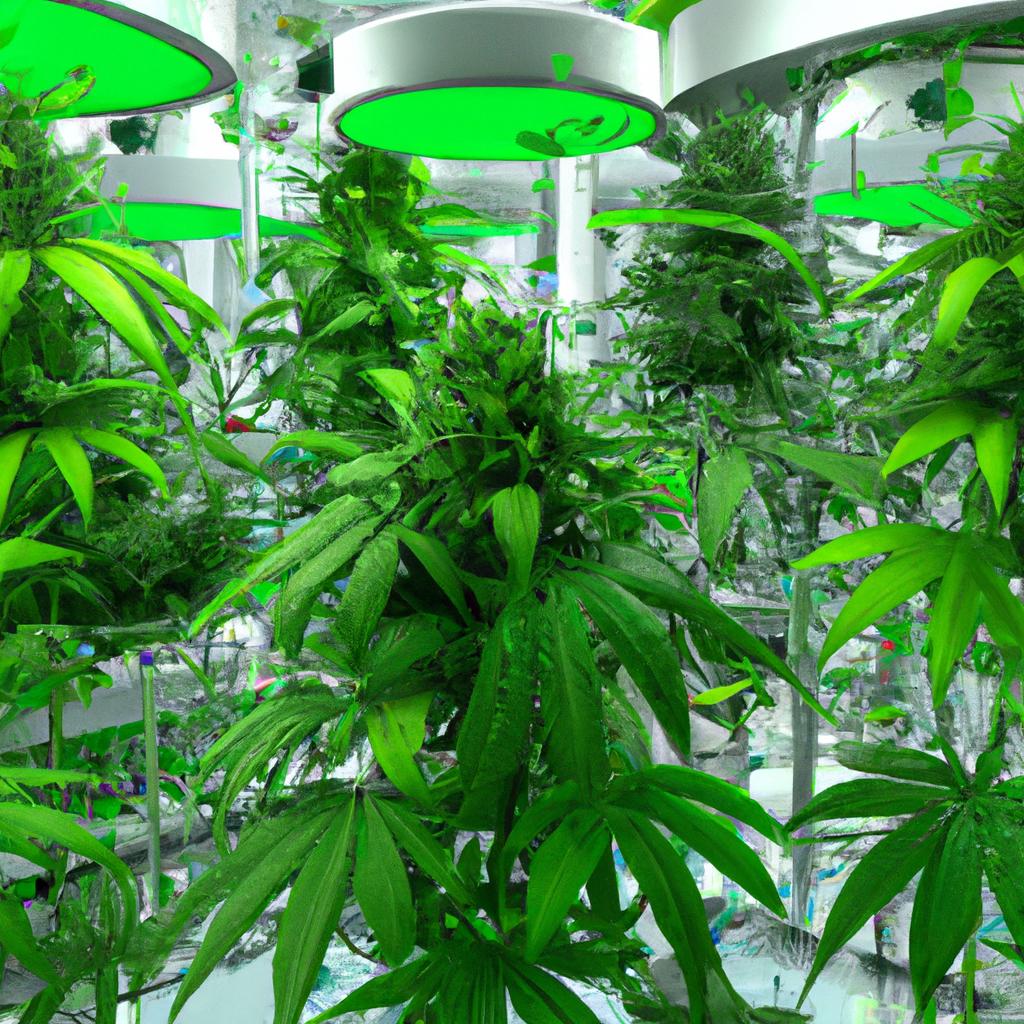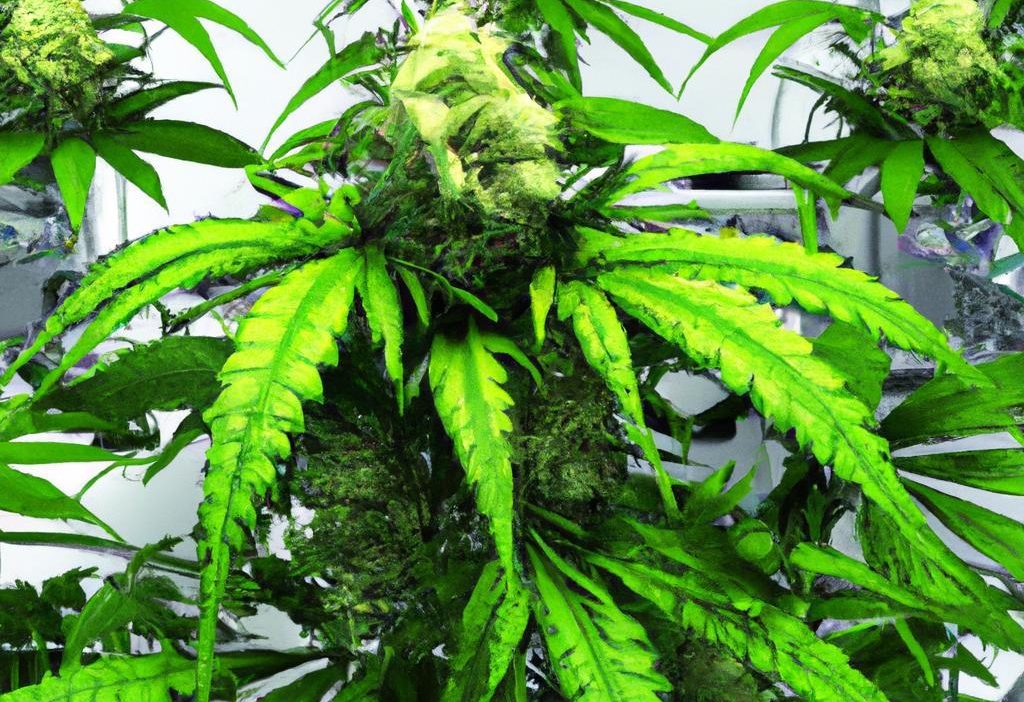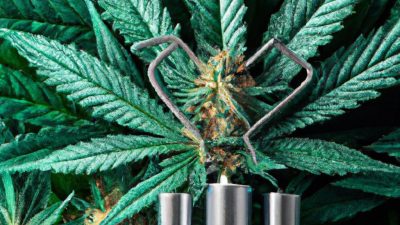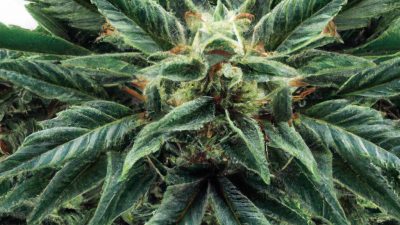
Designing a Cannabis Lab for Full Automation: Revolutionizing Cannabis Processing
The world of cannabis is rapidly evolving with innovations not only in cultivation but also in cannabis post-processing and technology. one of the most game-changing advancements in cannabis science is the integration of full automation within cannabis labs. By designing a cannabis lab optimized for full automation, cultivators and processors can dramatically improve efficiency, product consistency, and regulatory compliance-key factors for success in this burgeoning industry.
Why Full Automation Matters in Cannabis Labs
automation in cannabis labs refers to the use of advanced machinery, robotics, and software to perform routine tasks that were traditionally manual. This includes processes like extraction, quality testing, sample management, and data recording. As cannabis legalization expands globally, demand for high-quality, consistent products, coupled with strict regulatory standards, makes lab automation more of a necessity than a luxury.
- Increased Throughput: Automation accelerates workflows, enabling labs to handle higher volumes without compromising quality.
- Enhanced Precision: Automated systems reduce human error, ensuring more accurate measurements and test results.
- Improved Compliance: Fully automated labs maintain detailed digital logs for audits, making regulatory adherence seamless.
- Cost efficiency: Although initial investment may be high, automation reduces labor costs and operational redundancies.
Key Components of a Fully Automated Cannabis Lab
Designing a cannabis lab for full automation requires careful selection of equipment and integration of technology that works in harmony. Here are the core components:
1. Automated Extraction Systems
Extraction is the heart of cannabis processing, concentrating cannabinoids and terpenes. Automated extraction machines control temperature, pressure, and cycles precisely, producing consistent concentrates at scale.
2. Robotic Sample Handling
To maintain chain-of-custody and avoid contamination, robotic arms can manage sample vial loading/unloading, sealing, and preparation for testing.
3. Integrated Analytical Instruments
Chromatography systems such as HPLC (High-Performance Liquid Chromatography) integrated with Laboratory Information Management systems (LIMS) allow for real-time cannabinoid profiling and potency analysis.
4.Digital Workflow Management with LIMS
Laboratory Information Management Systems streamline data collection,reporting,and regulatory compliance thru automation software that connects instruments,inventory,and personnel.
5.environmental and Quality Control Automation
Automated HVAC systems, humidity control, and particulate monitoring ensure optimal lab conditions for testing and extraction, maintaining integrity throughout the process.
Steps to Design a Cannabis Lab for Full Automation
Creating a fully automated cannabis lab involves more than just buying equipment. HereS a clear roadmap for success:
- Assess Workflow and Processes: Map out every step involved from raw cannabis input to final product output to identify automation opportunities and bottlenecks.
- Choose Scalable Automation Equipment: Invest in modular equipment that can scale with business growth and changing regulations.
- Integrate Software Systems: Select compatible LIMS and data management software to connect hardware and simplify operations.
- Design lab layout for Efficiency: Use 3D modeling software to create ergonomic and streamlined layouts minimizing human movement.
- Train Staff on Automated Processes: Adequate training ensures smooth transition and maximizes the benefits of automation.
- Implement Quality Assurance Protocols: Automation should be paired with rigorous QA systems for consistent product quality and safety.
Benefits of a Fully Automated Cannabis Lab
| Benefit | Description | Impact |
|---|---|---|
| Increased Productivity | Faster processing times with less downtime | Higher output & meets growing demand |
| Consistent Quality | Reduced human error in measurements and handling | Reliable product profiles & brand trust |
| Regulatory Compliance | Automated record-keeping and reporting | Smoother audits & legal safeguard |
| Labor Cost Savings | Reduced need for repetitive manual labor | Lower operational expenses |
| Enhanced Safety | Less human exposure to hazardous chemicals | Improved workplace health |
Practical Tips for Transitioning to Automation in Cannabis Labs
- Start Small: Begin with automating the most time-consuming or error-prone tasks before full rollout.
- Leverage Expert Consultation: Work with cannabis technology specialists to select appropriate automation solutions tailored to your needs.
- Maintain Versatility: Choose systems that allow manual overrides and customization as regulations evolve.
- Prioritize Data Security: Implement cybersecurity measures to protect sensitive cannabis lab data.
- Conduct Regular Maintenance: Automated equipment needs scheduled upkeep to avoid costly downtime.
- Ensure Staff Collaboration: Engage your team early to reduce resistance and maximize uptake of new technology.
Case Study: Automation Success in Cannabis Post-Processing
GreenLeaf Labs, a leading cannabis processor, transitioned to a fully automated lab system in 2023. By integrating automated supercritical CO2 extractors and a robotic sample management system paired with LIMS software, GreenLeaf Labs increased throughput by 50% and reduced sample testing errors by 90%. The automation also simplified regulatory submissions, helping the company expand into new markets within a year.
Conclusion
Designing a cannabis lab for full automation is a strategic investment that aligns perfectly with the rapid growth and regulatory complexity of the cannabis industry. By embracing cutting-edge cannabis technology and comprehensive lab automation, businesses can achieve unparalleled efficiency, accuracy, and compliance-essential ingredients for thriving in the evolving cannabis market.
Whether you operate a small boutique cannabis lab or a large-scale processing facility, automating your lab workflows is not just the future of cannabis processing; it’s the present. Starting with careful planning, selecting scalable equipment, and integrating smart software solutions will ensure your cannabis lab delivers top-tier products, faster and smarter.





